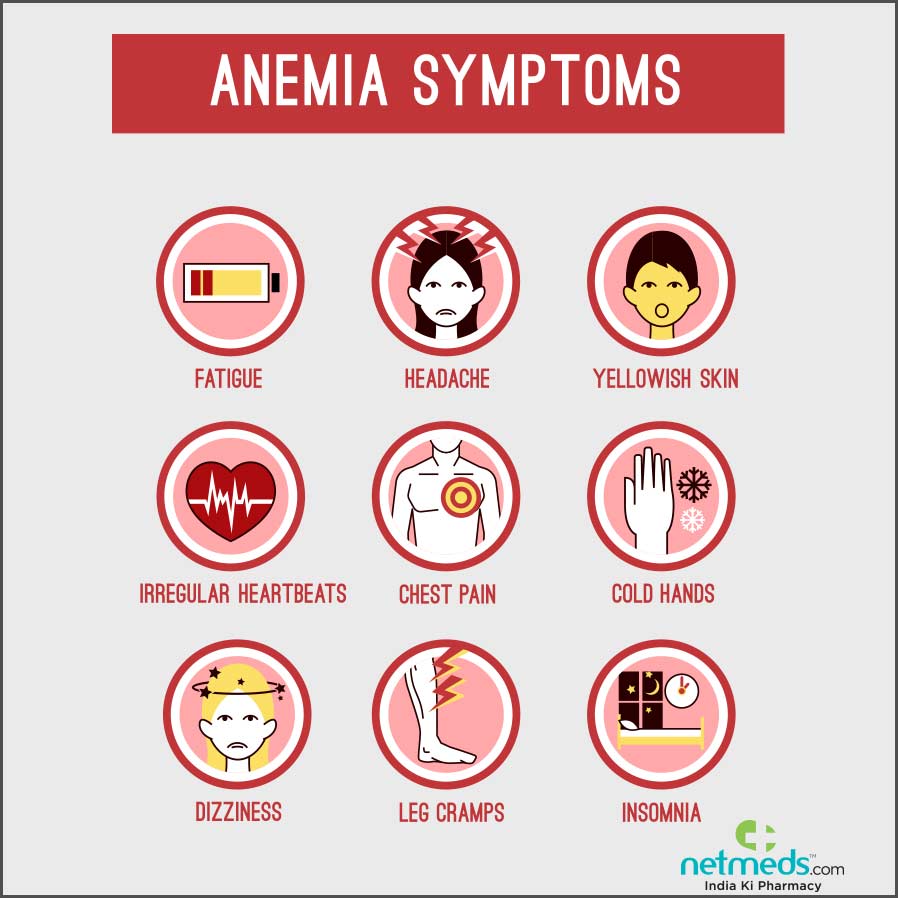Gail’s Anemia Diet Plan
I am also following a minimal low FODMAP diet for now, to keep my intestines happy and therefore to increase absorption of nutrients I eat in my food. This may not be necessary, and I’m mainly not going heavy with onions, garlic, and wheat pasta. Going to replace my large granny smith apples with oranges (my new favorite fruit). Small amounts of these high FODMAP foods seem to be fine. I think Loree McBride’s brain control may be a factor in some of the “high FODMAP” symptoms I’ve experienced. So when we get her brain control under control, I can probably totally ignore the low FODMAP diet. I’ve suffered from low quality sleep the past year, with my sleep-wake cycle really messed up and last night had horrible irregular heartbeats. Eating some liver seemed to help a bit. I, apparently, haven’t been eating enough red meat in my attempts to save money on groceries. This is totally unnecessary, and I can eat the balanced diet I need to eat to get all the nutrients I eat, by eating balanced and shopping wisely. Those who follow me at my cooking channel and my daily blogs (10 dollars a month at Patreon) can see how to do this on a minimal budget.
PERSONAL OPINION: I think the low-FODMAP diet really works for some people. But, in my case, I think most of my high-FODMAP symptoms are Loree McBride’s brain control and perhaps not eating a BALANCED DIET and eating too much fiber and fruit and stuff like that.
I appear to have both iron anemia and B12 anemia.
I may want to reconsider adding garlic and onions to my diet to help with my anemia. In fact, it’s possible Loree may be using brain control to convince me I have a problem with garlic and onions to ensure my anemia destroys me. Consider this. . .
Why Loree McBride Wants Me To Think I Can’t Have Garlic & Onions. . .
Phytic acid is a substance found in many plant-based foods. It is also called inositol hexaphosphate and IP6. This acid is the primary way phosphorus is stored in many plants, including beans, seeds, and nuts.
When phytic acid is consumed, it binds to other minerals to create phytates. Because you don’t have any enzymes that can break phytates down, their nutrients cannot be absorbed into your body.
Why You Should Avoid Phytic Acid
People sometimes refer to phytic acid as an anti-nutrient, because it blocks the absorption of certain minerals into the body.
When you eat foods high in phytic acid, the molecules bind with certain minerals in your digestive tract, including:
- Calcium
- Magnesium
- Iron
- Zinc
- Chromium
- Manganese
Once this occurs, your body no longer has access to these nutrients.
Generally, the more phytic acid you eat, the more minerals are blocked from your body.
However, recent studies have shown that phytic acid’s anti-nutrient effect occurs only when large amounts of phytates are consumed within a diet that is already lacking nutrition. It also only affects the absorption of nutrients eaten at the same meal.
Foods With Phytic Acid
The highest concentrations of phytic acid are found in raw and unprocessed plant-based foods.
If your diet lacks nutrition or you have an iron or zinc deficiency, you should reduce the amount of phytic acid you consume.
Here are four foods high in phytic acid:
1. Beans
Most beans and legumes contain a high amount of phytic acid. However, studies have shown that soaking beans before eating them significantly reduces their phytate levels.
2. Seeds
When a plant is ripening, phytate rapidly accumulates in its seeds. Phytic acid is found in sesame seeds, linseeds, and sunflower seeds.
3. Nuts
Nuts naturally contain a high amount of phytic acid. The process of “activating” nuts by soaking them in water and then dehydrating them at a low temperature breaks down some of the phytic acid.
However, many people think this laborious process is not worth the end result, as it gets rid of only a small amount of phytates.
4. Grains
Grains contain phytic acid, but only if they haven’t been processed. Whole grains also contain lectins and saponins, which are two more anti-nutrients. However, products made with processed grains contain fewer healthy nutrients.
Phytic Acid-Free Alternatives
Many processes help destroy phytates before you even eat them. This includes:
- Sprouting
- Cooking
- Baking
- Processing
- Soaking
- Fermenting
- Yeast leavening
People who regularly consume high amounts of phytic acid — such as vegetarians and vegans — can benefit from eating mineral-absorbing enhancers like garlic and onions. These foods increase the absorption of minerals like iron and zinc. (So. . .Loree McBride. . .you’ve been using brain control to convince me I have a problem with garlic and onions? You’ve got to make sure I stay anemic!)
I think my focus should be on a balanced diet because how food impacts you is actually pretty complicated. Jesus told me to enjoy my food, eat a balanced diet, cut back on the seeds and nuts and fruit and don’t treat food as medicine. Check out this pdf for why a vegetarian diet can be unhealthy and why eating a balanced diet is so important.
I will not be using supplements because Jesus has forbidden me to take supplements unless prescribed by my physician. I think following the anemia diet will go a long ways for me. It’s basically a balanced diet and so I’m following the Gail Commandments by doing it.
Anemia happens when your body doesn’t have enough healthy red blood cells. The condition is mainly caused by blood loss, the destruction of red blood cells, or your body’s inability to create enough red blood cells.
There are many types of anemia. The most common type is iron deficiency anemia.
Red blood cells contain a protein called hemoglobin. Hemoglobin is full of iron. Without sufficient iron, your body can’t make the hemoglobin it needs to create enough red blood cells to deliver oxygen-rich blood throughout your body.
A lack of folate and vitamin B-12 may also impact your body’s ability to make red blood cells. If your body can’t process B-12 properly, you may develop pernicious anemia.
A diet rich in iron, B vitamins, and vitamin C like the plan below is important if you have anemia. Be sure to talk to your healthcare provider about supplements as well.
Anemia diet plan
Anemia treatment plans often include dietary changes. The best diet plan for anemia includes foods rich in iron and other vitamins essential to hemoglobin and red blood cell production. It should also include foods that help your body absorb iron better.
There are two types of iron in foods: heme iron and nonheme iron.
Heme iron is found in meat, poultry, and seafood. Nonheme iron is found in plant foods and foods fortified with iron. Your body can absorb both types, but it absorbs heme iron more easily.
The Recommended Daily Allowance (RDA) for iron is 10 milligrams (mg) for men and 12 mg for women.
Although anemia treatment plans are individualized, most require 150 to 200 mg of elemental iron daily. You’ll likely need to take prescription iron or an over-the-counter iron supplement until your levels are replenished.
Add these foods to your diet to get more iron and help fight iron deficiency anemia:
1. Leafy greens
Leafy greens, especially dark ones, are among the best sources of nonheme iron. They include:
- spinach
- kale
- collard greens
- dandelion greens
- Swiss chard
Some leafy greens such as Swiss chard and collard greens also contain folate. A diet low in folate may cause folate deficiency anemia. Citrus fruits, beans, and whole grains are good sources of folate.
When eating dark, leafy greens for iron, there’s a catch. Some greens high in iron, such as spinach and kale, are also high in oxalates. Oxalates can bind with iron, preventing the absorption of nonheme iron.
So while it’s beneficial to eat your greens as part of an overall anemia diet, don’t depend on them solely to treat the condition.
Vitamin C helps your stomach absorb iron. Eating leafy greens with foods that contain vitamin C such as oranges, red peppers, and strawberries may increase iron absorption. Some greens are good sources of both iron and vitamin C, such as collard greens and Swiss chard.
2. Meat and poultry
All meat and poultry contain heme iron. Red meat, lamb, and venison are the best sources. Poultry and chicken have lower amounts.
Eating meat or poultry with nonheme iron foods, such as leafy greens, along with a vitamin C-rich fruit can increase iron absorption.
3. Liver
Many people shy away from organ meats, but they’re a great source of iron.
Liver is arguably the most popular organ meat. It’s rich in iron and folate. Some other iron-rich organ meats are heart, kidney, and beef tongue.
4. Seafood
Some seafood provides heme iron. Shellfish such as oysters, clams, scallops, crabs, and shrimp are good sources. Most fish contain iron.
Fish with the best levels of iron include:
- canned or fresh tuna
- mackerel
- mahi mahi
- pompano
- fresh perch
- fresh or canned salmon
Although canned sardines are good sources of iron, they’re also high in calcium.
Calcium may bind with iron and reduces its absorption. Foods high in calcium shouldn’t be eaten at the same time as iron-rich foods.
Other examples of calcium-rich foods include:
- dairy milk
- fortified plant milks
- yogurt
- kefir
- cheese
- tofu
5. Fortified foods
Many foods are fortified with iron. Add these foods to your diet if you’re a vegetarian or struggle to eat other sources of iron:
- fortified orange juice
- fortified ready-to-eat cereals
- foods made from fortified refined flour such as white bread
- fortified pasta
- foods made from fortified cornmeal
- fortified white rice
6. Beans
Beans are good sources of iron for vegetarians and meat eaters alike. They’re also inexpensive and versatile.
Some iron-rich options are:
- kidney beans
- chickpeas
- soybeans
- black-eyed peas
- pinto beans
- black beans
- peas
- lima beans
7. Nuts and seeds
Many types of nuts and seeds are good sources of iron. They taste great on their own or sprinkled on salads or yogurt.
Some nuts and seeds that contain iron are:
- pumpkin seeds
- cashews
- pistachios
- hemp seeds
- pine nuts
- sunflower seeds
Both raw and roasted nuts have similar amounts of iron.
Almonds are also a good source of iron. They’re great as part of a healthy eating plan, but since they’re also high in calcium, they may not increase your iron levels that much.
Takeaway
No single food will cure anemia. But eating an overall healthy diet rich in dark, leafy greens, nuts and seeds, seafood, meat, beans, and vitamin C-rich fruits and vegetables can help you get the iron you need to manage anemia.
Be sure to discuss supplements with your healthcare provider because it’s difficult to get enough iron from diet alone.
A cast iron skillet is an anemia diet plan staple. Foods cooked in cast iron absorb iron from the skillet. Acidic foods absorb the most iron, and foods cooked for short periods of time absorb the least.
When following a diet plan for anemia, remember these guidelines:
- Don’t eat iron-rich foods with foods or beverages that block iron absorption. These include coffee or tea, eggs, foods high in oxalates, and foods high in calcium.
- Eat iron-rich foods with vitamin C-rich foods, such as oranges, tomatoes, or strawberries, to improve absorption.
- Eat iron-rich foods with foods that contain beta carotene, such as apricots, red peppers, and beets, to improve absorption.
- Eat a variety of heme and nonheme iron foods throughout the day to up your iron intake.
- Eat heme and nonheme iron foods together whenever possible to increase iron absorption.
- Add foods rich in folate and vitamin B-12 to support red blood cell production.
Why A Balanced Diet Is So Important
When we eat a meal, our thoughts don’t often go beyond “damn, this is tasty” or “I’m so hungry”. The way food travels down to our digestive system, gets broken down into molecules and used for various bodily processes doesn’t usually cross our minds.
Truth is, eating is way more than just putting food in our mouth, and what we do outside of eating the food can actually have an impact on the way our body absorbs its nutrients.
Fortunately, there are ways to boost the body’s ability to absorb nutrients, helping us to get the most out of food and supporting optimal body function.
Why are nutrients from foods important?
“Nutrients are required for important biochemical reactions within the body which are vital for our health and wellbeing,” nutritionist Fiona Tuck told HuffPost Australia.
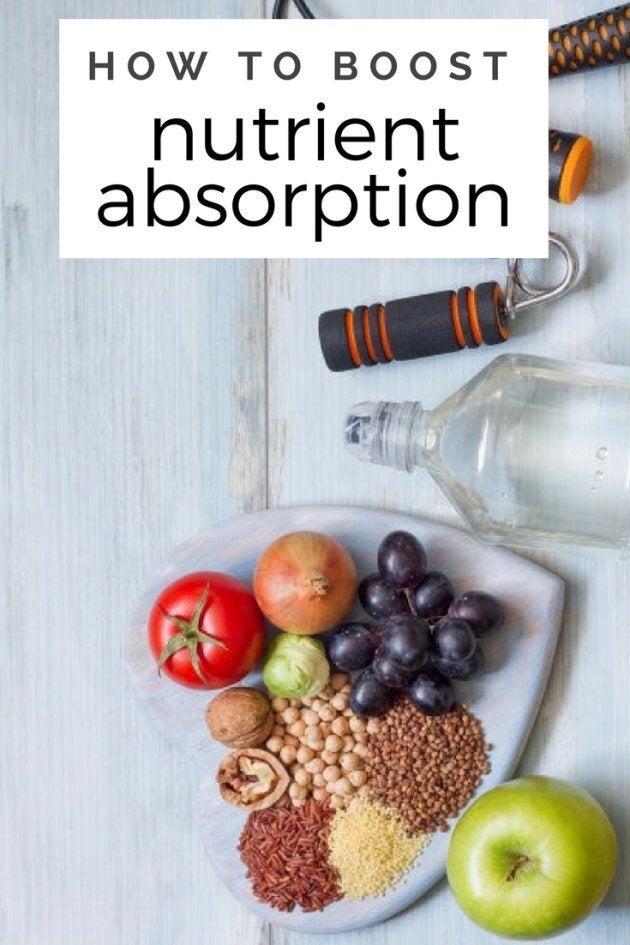
As Jayta Szpitalak, nutritionist and founder of Fermentanicals, explained, our bodies function from a combined intake of micronutrients, macronutrients and water.
“This is made up of protein, carbohydrates, fats, vitamins, minerals and, of course, water,” Szpitalak said.
“By eating a balanced and well-rounded diet, we nourish our bodies — providing our bones with calcium to keep them strong, our muscles thrive off our protein intake, and our organs function from the vitamins and minerals derived from fruits and vegetables.”
If we do not eat a broad variety of nutrients then we are at risk of becoming low in certain nutrients, which can affect these biochemical reactions in the body.
“We need nutrients for healthy functioning of all of our organs — heart, brain, liver, kidneys and thyroid, to name just a few,” Tuck said.
“Symptoms [of nutrient deficiencies] may be subtle, such as fatigue, dull hair or skin, but if left for years it may manifest into more serious ailments.”
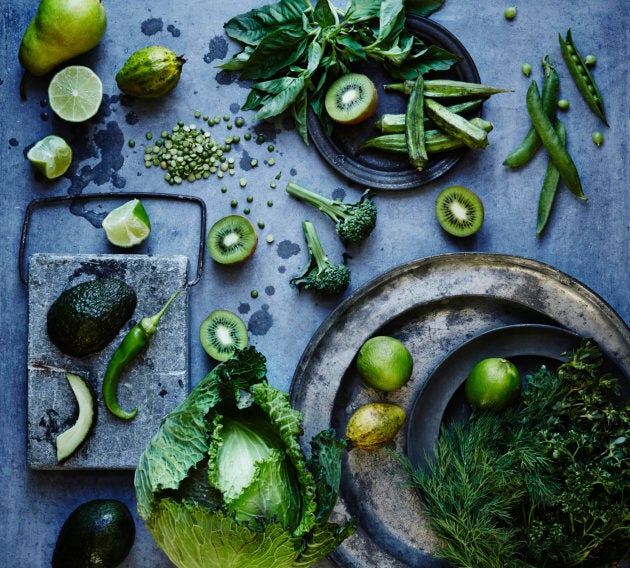
How does the body absorb nutrients?
In order for nutrients to be absorbed, food must undergo chemical and mechanical digestion.
“After food is consumed through our mouths, they are met with digestive enzymes which help break down the food into different molecules,” Szpitalak told HuffPost Australia.
“This breaks down the macro and micronutrients. For example, our protein is broken down into various amino acids, and carbohydrates are turned into glucose for energy or storage.
“Once the food is broken down into the vital nutrients, it travels down to the small intestines and is absorbed into the blood stream. The circulatory system then takes over and transports the nutrients to the various parts of the body that need them. Whatever is not used is distributed to either storage or waste.”
For this nutrient absorption process to work optimally, we need a healthy digestive system, Tuck explained.
“If our digestion or gut health is not good we may not absorb nutrients well. Factors such as thoroughly chewing food, good levels of hydrochloric acid, good gut bacteria and good cell integrity of the gut are important for nutrient absorption,” Tuck said.

What factors can negatively affect nutrient absorption?
There is a whole host of factors which can negatively affect our body’s digestion and nutritional absorption from foods, including gastrointestinal issues such as IBS and coeliac disease, as well as a diet high in sugar and processed foods.
“Processed foods are low in nutrients, and high sugar foods can actually rob the body of nutrients, particularly magnesium,” Tuck said.
“Certain medications such as antacids, blood pressure medications, antidepressants and hormone medications can interfere with nutrient levels in the body.”
Stress and alcohol consumption can also play a part in digestion and nutrient absorption.
“Stress increases our nutrient requirements — particularly vitamin C, the B vitamins and magnesium — which can lead to irritability and fatigue when these nutrients become depleted,” Tuck said.
“Alcohol consumption is linked to a reduction of digestive enzymes, so people who drink heavily may not be able to break down the nutrients from the foods in the first place,” Szpitalak added.
If you experience changes in your stool, digestion, energy levels, and the condition of your hair, skin and nails, check in with a GP to find out if you have any nutrient deficiencies.
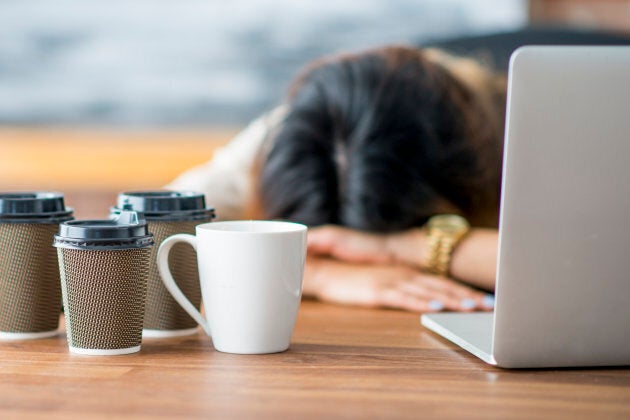
How to boost nutrient absorption
Providing you don’t have underlying medical conditions as outlined above, there are a few ways to improve your nutritional absorption.
1. Eat a variety of foods in one meal
To get a combination of nutrients, focus on including various colourful foods in your meals — for example, a salad with roast vegetables or brown fried rice with carrot, greens, capsicum, zucchini and celery.
“Eat a variety of different foods every day and avoid eating the same foods — for example the same breakfast every day. Mix it up. This ensures a broad variety of nutrients,” Tuck said.
2. Pair vitamin C-rich foods with iron
Particularly for people consuming plant-based iron sources (legumes, tofu, dried fruit), pairing these with vitamin C-rich foods helps to convert the nonheme iron into a more bioavailable form.
“Eat vitamin C-rich foods such as oranges, capsicums, chilli, cauliflower and brussels sprouts, with iron-rich foods (such as legumes and red meat) to increase iron absorption,” Tuck said.
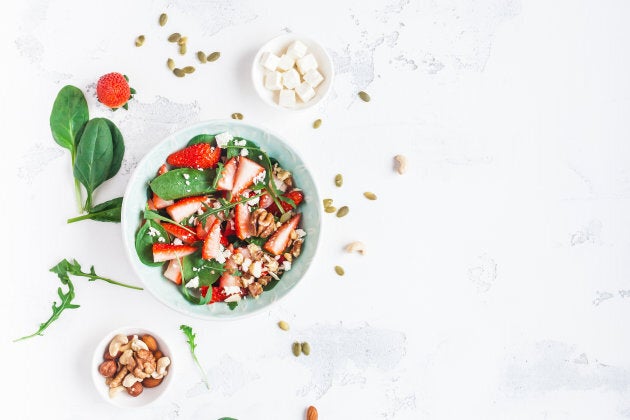
3. Include healthy fats with each meal
“Vitamins such as A, D, E, and K need healthy fats to efficiently absorb as they are all fat soluble,” Szpitalak said.
As such, you can use oil-based salad dressings such as flaxseed or olive oil to enhance the absorption of fat soluble vitamins from your vegetables.
“Adding nuts, seeds and avocados to salads and meals are also a wonderful way to enhance your nutrient absorption,” Tuck said.
4. Take a probiotic (Jesus says not to take supplements though)
“Nourish your gut. Especially if you do have issues related to digestion, such as IBS or constipation, it’s best first to get a handle on that,” Szpitalak said.
“You can do this by populating your gut with healthy bacteria either via probiotics or probiotic-rich foods such as kefir, sauerkraut and kombucha.”
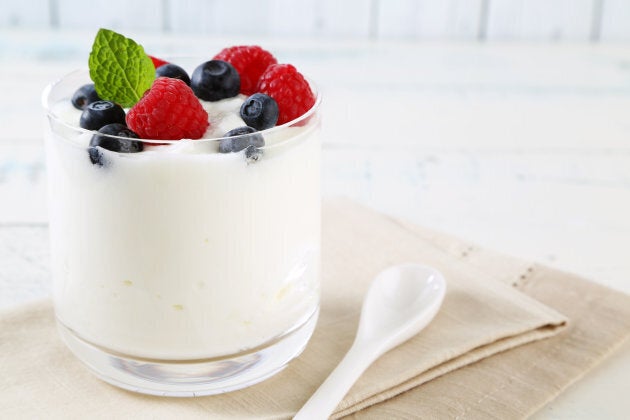
5. Avoid drinking tea at mealtimes
Although tea contains healthy polyphenols and other compounds which may reduce the risk of developing chronic diseases, these compounds are also known to inhibit iron absorption.
“Avoid drinking tea and coffee with meals as this can inhibit the absorption of many vitamins and minerals,” Tuck said.
6. Take a break from caffeine and alcohol
“Alcohol and diuretics [like coffee] not only lesson the number of digestive enzymes in your system, it also damages the cell linings of the stomach and intestines, making it harder for the nutrients from digestion to enter the bloodstream,” Szpitalak said.
“Instead, try to incorporate fruits and vegetables that have natural digestive enzymes such as pineapple, papaya or various mushrooms.”
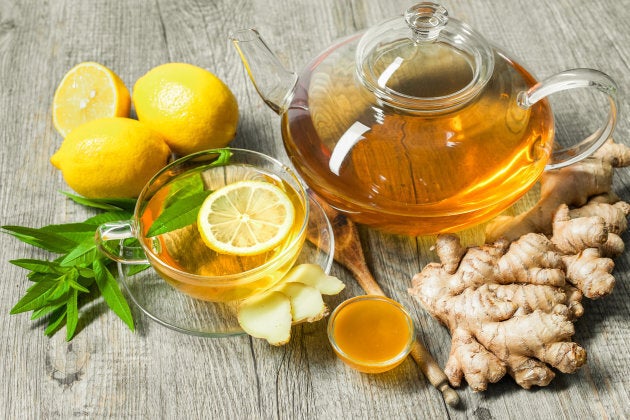
7. Manage stress levels
“Believe it or not, stress negatively affects digestions as well,” Szpitalak said. “The cortisol felt by the body during stress slows down digestion and food is left in the system undigested.
To help, try deep diaphragmatic breathing which can relieve stress and get the digestive system going.
8. Hydrate
“This one important factor can make or break our digestion,” Szpitalak said.
“When you haven’t had enough fluids or water, you immediately see a difference in your stools. Our digestive system is reliant on our level of hydration as our blood cannot transport nutrients without enough water in our system.”

